Learning how to probate an intestate estate in Texas isn’t just a legal process—it’s a deeply personal journey through the life someone left behind without a will. If your loved one passed away intestate (meaning they didn’t leave a valid will), the road ahead may feel complicated. But you’re not alone. This guide walks you through the legal procedures, the emotional traps, and the common missteps families make when navigating intestate probate in Texas—especially when they’re caught off guard.
Probating an intestate estate in Texas involves more than just gathering documents or calling a lawyer. It’s about understanding who gets what, how the state divides assets, and which court procedures apply to your situation. Let’s break this down step-by-step—and highlight what mistakes can derail the process.

What Does It Mean to Die Intestate in Texas?
When someone dies without a will in Texas, the Texas Estates Code kicks in to determine how their assets are distributed. This is called intestate succession, and it’s governed entirely by state law. The surviving spouse, children, parents, or other relatives may receive a portion—or all—of the estate, depending on their relationship to the deceased.
Say your grandfather passes away with no will. His assets—bank accounts,real estate, and personal property—don’t automatically go to the eldest child or the person who paid for the funeral. Instead, Texas intestacy laws take over, which means the court follows a rigid formula. That’s why understanding how to probate an intestate estate in Texas is so critical.
The First Step: Filing an Application for Heirship Determination
In intestate cases, one of the first legal steps involves filing an Application to Determine Heirship in the county where the decedent resided. This tells the probate court that the deceased died without a will and identifies all legal heirs.
It sounds straightforward, right? But here’s the first mistake people make: failing to identify all potential heirs. If even one heir is left out, it can result in legal challenges, delayed proceedings, and in some cases, an expensive redo of the entire process.
To avoid this, you must gather detailed information about the decedent’s family tree. That includes:
- All children (biological and adopted)
- Spouse(s), past and present
- Parents, siblings, and sometimes grandparents
- Heirs through deceased relatives
The court will often require two disinterested witnesses—usually people not related to the estate—who can confirm the family structure. This part of learning how to probate an intestate estate in Texas often surprises people. But without it, your application may not move forward.
Letters of Administration: Power to Act on Behalf of the Estate
After the heirship determination begins, the next step is typically seeking Letters of Administration. These letters give a person (usually a family member) the legal authority to gather and manage the estate’s assets, pay debts, and distribute property to the rightful heirs.
Let’s say your aunt passes away with significant bank accounts and no will. No one can legally access those accounts—even if you’re her closest relative—until someone is appointed administrator.
This is another key pitfall when learning how to probate an intestate estate in Texas: acting without authority. Sometimes, well-meaning relatives start distributing belongings or cleaning out bank accounts before they’re legally allowed to. In Texas, doing this without Letters of Administration could expose you to personal liability or even criminal accusations.
Know the Priority of Heirs: It’s Not What You Might Think
One major misconception is that spouses inherit everything. That’s not always true in Texas. If the decedent had children from another relationship, the surviving spouse may not receive the entire estate. For example:
- If the decedent had separate property and children from another relationship, the children will inherit most of the estate, not the current spouse.
- Community property (acquired during marriage) usually goes to the spouse—but only under certain conditions.
This surprises many people and often leads to conflict between surviving spouses and stepchildren. When probating an intestate estate in Texas, understanding this hierarchy is crucial. The court doesn’t care who lived in the house or who paid the bills—it only cares what the law says.
Asset Inventory: Know What’s Probate Property and What’s Not
One of the most misunderstood parts of learning how to probate an intestate estate in Texas is figuring out what assets go through probate and what doesn’t. Here’s the breakdown:
Non-Probate Assets (transfer automatically):
- Joint bank accounts with right of survivorship
- Payable-on-death (POD) accounts
- Life insurance with a named beneficiary
- Retirement accounts with a designated beneficiary
- Property held in trust
Probate Assets (must go through probate):
- Real estate in the decedent’s name only
- Personal property like vehicles, jewelry, furniture
- Bank accounts without named beneficiaries
- Business interests

Trying to probate an estate without properly separating these two categories is a big mistake. You don’t want to include non-probate property in your court filings—it wastes time and may frustrate the court. On the flip side, failing to include probate property could leave out substantial estate value and shortchange rightful heirs.
Timeline for Probating an Intestate Estate in Texas
How long does this process take? Realistically, probating an intestate estate in Texas can take anywhere from six months to over a year, depending on:
- The complexity of the estate
- Whether heirs are cooperating
- If there are creditor claims
- Whether there’s a need to sell property
A real example: when Travis died without a will in Harris County, his three adult children didn’t speak to one another. The probate dragged on for over 18 months as they fought over who should be the administrator and how to split up his business assets. That delay cost them thousands in legal fees and lost revenue.
Common Mistake: Skipping a Title Search for Real Estate
In Texas, real estate is a huge part of many estates. One of the biggest traps families fall into when handling how to probate an intestate estate in Texas is assuming the home can just “go to the kids” without court intervention.
The reality? Without court orders and proper title documentation, title companies won’t transfer property. That means the house could sit unsold for years—even if the mortgage is paid off.
Before listing or transferring any real estate, always do a title search and confirm who has legal ownership post-probate. If there’s a lien or cloud on title, that needs resolving through probate filings.
Handling Debts and Creditors: Don’t Pay Out of Pocket
Many heirs feel responsible for the decedent’s debts. But in Texas, heirs are not personally liable for those debts—unless they co-signed a loan or are jointly named. The estate pays the bills, not the family.
A big mistake in the probate process is paying debts before determining whether they’re valid—or whether the estate can afford them. You need to publish notice to creditors (as required by Texas law) and follow a strict process for validating and prioritizing claims. If the estate is insolvent (debts exceed assets), a court-ordered payment plan must be followed.
If you bypass this and start paying out of order, you might find yourself in hot water later. Always consult with a probate attorney before disbursing estate funds.
Do You Need an Attorney to Probate an Intestate Estate in Texas?
Here’s the truth: you’re not required to have an attorney in every case—but it’s often risky to go without one. In most probate courts in Texas, the administrator (even if they’re a family member) must be represented by an attorney unless they are the sole heir.
Why? Because the estate is a separate legal entity. You can’t represent it yourself unless you’re a licensed attorney. This rule trips up many families trying to save money by filing pro se (without legal counsel), only to be sent home by the court clerk.
Hiring an attorney doesn’t have to break the bank. Many offer flat fees or payment plans for uncontested intestate probates. And in the long run, they often save money by preventing costly mistakes.

The Risk of Hidden Assets and Unknown Heirs
Another overlooked challenge is discovering hidden assets or unknown heirs. If the decedent owned mineral rights, stocks, or out-of-state property, you might not find those records in the mailbox. Sometimes, heirs from previous marriages surface with legitimate claims.
This happened to Carla, whose father died without a will. After she filed for administration, a woman from California came forward claiming to be his daughter from a previous relationship. DNA confirmed it. Carla had to amend her filings, re-serve documents, and split the estate—all of which delayed everything by another six months.
Learning how to probate an intestate estate in Texas means preparing for surprises—and handling them the right way.
Alternatives to Full Probate: Is There a Simpler Way?
If the estate is small or there are no disputes, you might qualify for a simplified procedure. These alternatives include:
Small Estate Affidavit (SEA)
- Estate must be under $75,000 (not including homestead or exempt property)
- No will
- All heirs agree
- Used to transfer property like bank accounts or vehicles
Affidavit of Heirship
- Used primarily for transferring real estate
- Not a court-supervised process
- Requires two disinterested witnesses
- Title companies often request additional documentation
These are helpful tools—but only if used correctly. Many people wrongly assume they qualify for an SEA or affidavit, only to be rejected by the court or title office. That’s why it’s crucial to evaluate the estate carefully before skipping formal probate.
Muniment of Title: Can It Apply to Intestate Estates?
Generally, Muniment of Title is only available if a will exists. It’s a streamlined process that allows for property transfer without full administration. But in intestate cases, this route is not available—despite many families asking courts to approve it.
If you find an unsigned will or partially completed draft, it does not count under Texas law. Only a valid, signed will triggers Muniment procedures. This is another reason why understanding how to probate an intestate estate in Texas properly matters—it ensures you don’t waste time chasing non-options.

Final Thoughts: Honor the Deceased by Doing It Right
Probating an intestate estate in Texas isn’t just a legal checklist—it’s a way to honor the person who passed by responsibly managing what they left behind. While the absence of a will makes the path less predictable, it doesn’t make it impossible.
From filing an heirship application to managing creditor claims and transferring assets, each step requires care, clarity, and an understanding of Texas probate law. Knowing the rules—and the pitfalls—can prevent family conflict, delays, and costly legal detours.
Whether you’re navigating this process for a parent, spouse, sibling, or friend, take time to get it right. And if you’re unsure, consult a probate attorney to guide you through it. Learning how to probate an intestate estate in Texas the right way is the key to closure, legal protection, and peace of mind.








